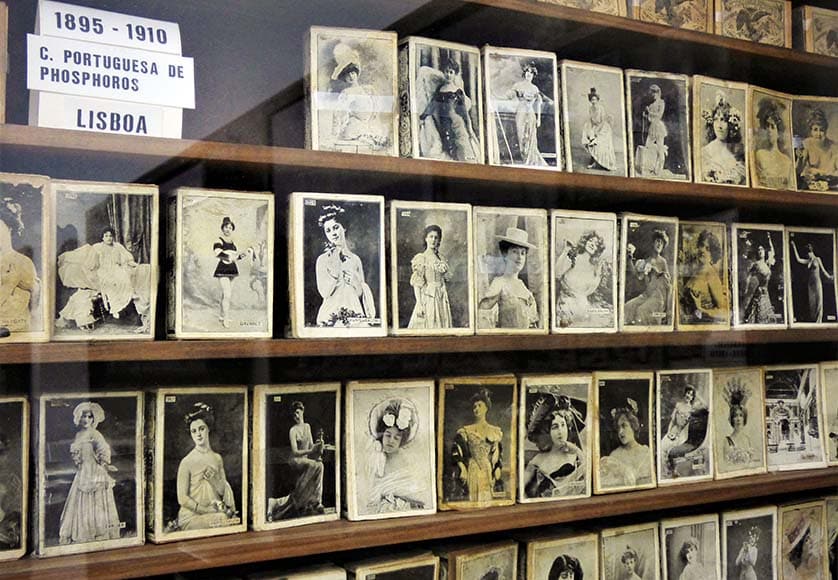All my life I have collected things as a hobby. I have been a philatelist (stamps), a deltiologist (post cards), conchologist (shells), bibliophilist (books) and an arctophilist (teddies).
Nowadays only a sad-looking teddy in a charity shop truly tempts me to add to my collections.
It is a basic human instinct to collect things, perhaps stemming from a prehistoric need to gather and collect for survival. Archaeological finds have unearthed collections and history is full of stories of great collectors, whose collections eventually formed the basis of museums.
Children are encouraged to start a collection, especially in today’s mass-produced materialistic world as people are bombarded with suggestions, and crazes such as Pokemon cards, McDonald’s toys, Beanie Babies, film memorabilia etc come and go.
Our family ate a lot of crisps in the hope of finding a new Tazo for my children’s collections (plastic discs with score values for playground games). As a child, I spent my money on Wonders of Portugal cards and chewed a lot of gum to get another magic trick card, both of which I never finished collecting.
Studies have shown that the thrill of the ‘search’ or anticipation of acquiring another item for the collection actually gives more pleasure than possessing the item. I feel this!
In collecting, children learn about motivation, develop organizational skills, responsibility, patience and knowledge of the things they collect. They learn social skills and how to negotiate as they swop duplicates with friends. My son went through a phase of collecting beer bottle caps from local cafes and my daughter developed a love of marbles and miniature finger skateboards.
Adults too avidly collect things, for pleasure, for investment, to show loyalty to a sports team, or simply because they like particular objects. Some people, however, become obsessive and the internet is full of photos of massive collections of almost anything and everything, but invariably when the collector runs out of storage room, it is usually at this point that they donate the collection to, or create, a museum.
We recently visited the Matchbox Museum in Tomar. The collection of almost 60,000 matchboxes has to be seen to be believed. You have to be an avid fan to spend the necessary time looking in detail at the collections dated from 1827, from 127 countries, displayed across seven rooms in the Convent of S. Francisco.
I was more interested in the antique ones and amazed at the diverse subject matter that were depicted on the boxes. My favourites were the Portuguese ladies collection which I imagine were very popular at the time as well as controversial too!
This incredible collection was started by Aquiles da Mota Lima when he exchanged a couple of matchboxes with a lady passenger during a sea voyage to London for Queen Elizabeth II coronation.
Born in Tomar in 1889, Aquiles was a musician, journalist, filmmaker, arts promoter and proprietor/editor of a local newspaper. He donated his collection to the town in 1980 and died in 1984 without seeing the museum open in 1989. His daughter Maria Helena personally arranged all the displays and even in her 90s visited the museum daily.
The matchboxes come in all shapes and sizes with pictures of people, cars, sports, animals, musical instruments etc – a collection within a collection! It is one of the biggest displays in Europe and continues to grow as people regularly donate their own collections to the museum.
Early civilizations attempted for thousands of years to create and control fire, but only in the 10th century did China developed a ‘fire stick’ which expanded a spark into a fire. However, it was almost 1000 years before the self-igniting match was developed in 1805, in Paris, by Jean Chancel, when he used potassium chlorate, sulphur, sugar and rubber on a stick which he dipped into a bottle of sulfuric acid. However, the dangerous fumes created meant it was never commercially produced.
In 1826, English chemist John Walker created the first friction match by combining sulphur and other materials coated on a wooden stick and struck across rough paper coated with phosphorus to cause friction and ignite the sulphur. However, his match tip often fell off setting fire to houses and people!
In the 1830s, chemist Charles Sauria used white phosphorus for match production, which made them easier to ignite, but soon a new disease, linked to the chemical, became evident in the young girls that worked in the match factories. Phosphorus necrosis of the jaw (nicknamed Phossy Jaw) developed as mouth abscesses caused the jaw bone to become progressively exposed, leading to facial disfigurement. Some patients had their lower jaws removed, without anaesthetic, until the use of white phosphorus was banned by 1910.
Some match factories had terrible working conditions for what were already the poorer members of society. The match girl workers of the highly profitable Bryant and May factory in London worked 14-hour shifts, starting at 6.30am, in dangerous conditions and were fined, from their already pitiful wages, if they were untidy, caught talking or had dirty feet – unjust seeing as many could not afford shoes! Furthermore, they had to provide their own paint and brushes for their work.
It was these conditions that led to the renowned Matchgirls strike of 1888 where their plight was recognised and, subsequently, they were able to join a workers’ Union at a time when females were not unionised.
In 1895, Portugal’s government created the Companhia Portugueza de Phósphoros giving them a monopoly until 1926. Of the subsequent three companies created only Fosforeira Portuguesa remains today (renamed Chama Vermelha) and even in 1926 their workers were treated like family. There was a crèche for children, a refectory and medical facilities – a stark contrast to London’s factories.
Did you know that the red-tipped safety match we know today was created by Swede Gustaf Pasch whose matches did not self-ignite because he separated the phosphorus striking strip on to the packaging? Patented in 1844, by 1858 he was producing over 12 million matchboxes per year.
Publicity moguls find every opportunity to encourage people to buy their products and, by using different pictures on their goods, they encourage collecting. However, you can easily collect free things such as shells or crazy things like airplane sick bags! As long as you enjoy the search, the thrill of finding ‘another one’, the long hours organising and of displaying your collection, then choices of what to collect are infinite.
So now you know!
By Isobel Costa
|| features@algarveresident.com
Isobel Costa works full time and lives on a farm with a variety of pet animals! In her spare time, she enjoys photography, researching and writing

























